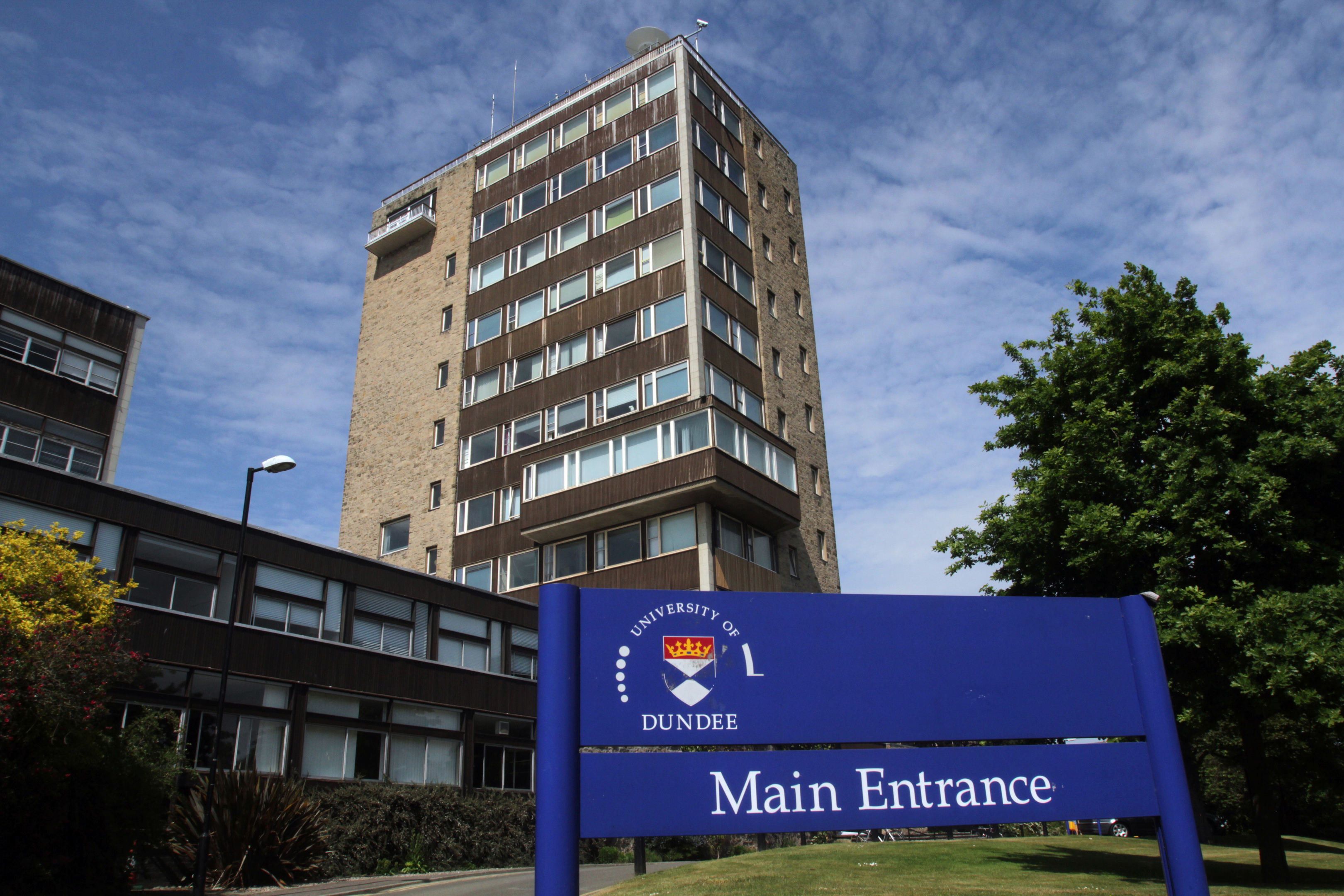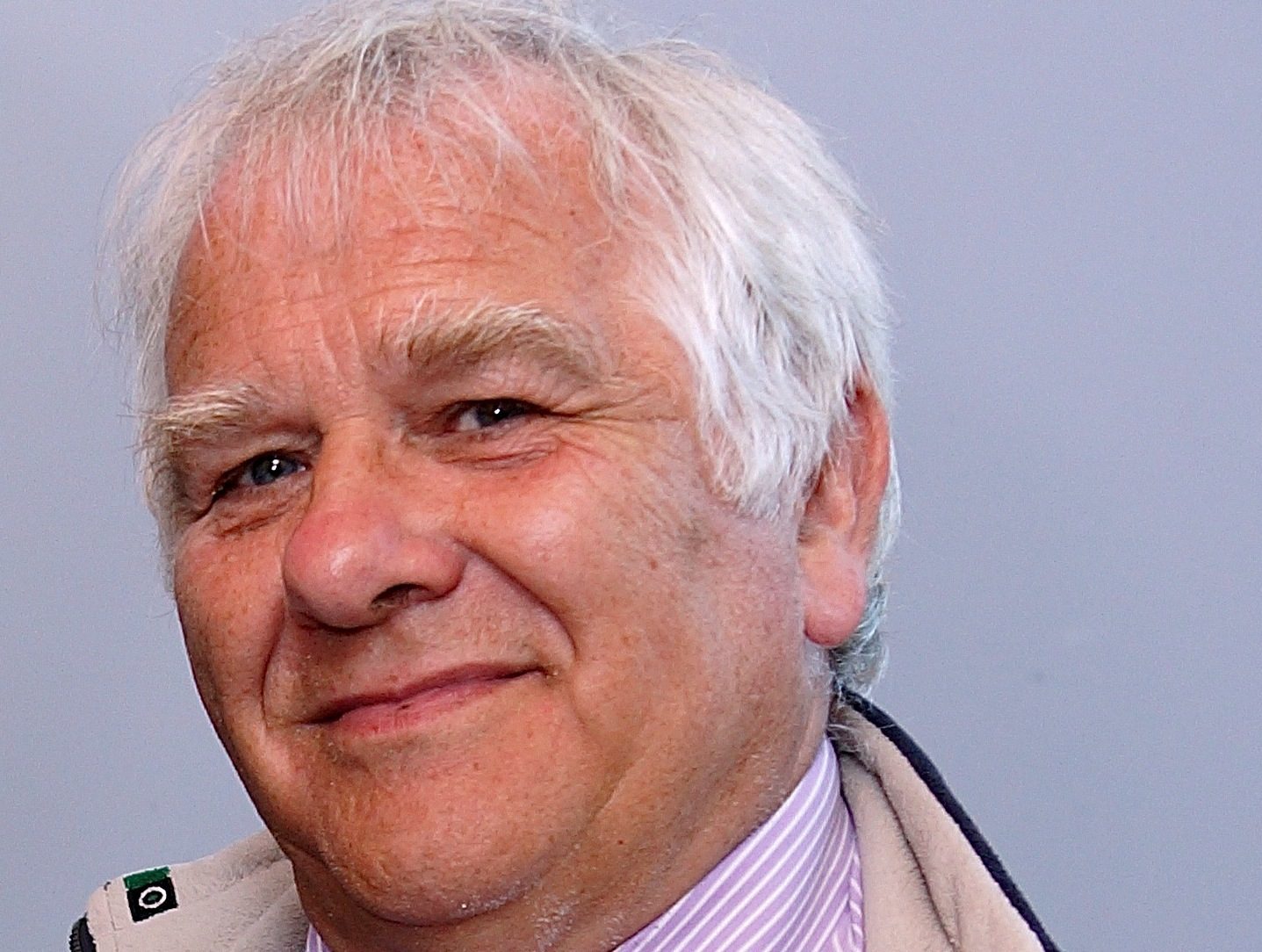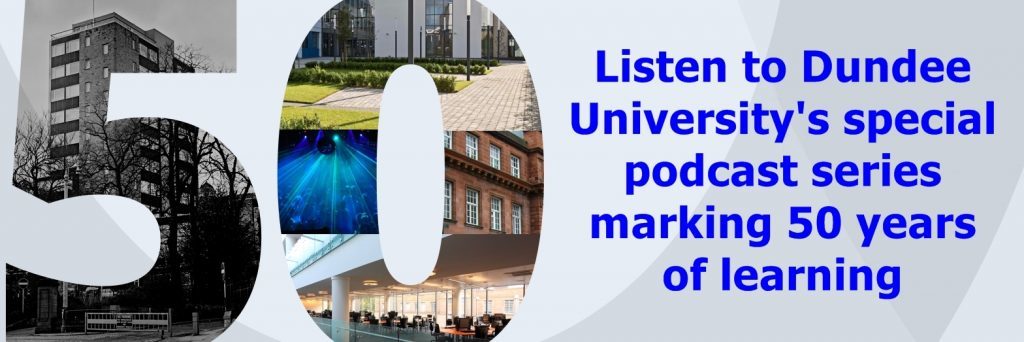Discoveries made by scientists at the University of Dundee are changing lives all over the world.
In June 2015, scientists at the University of Dundee discovered a new compound which could not only treat malaria, but also potentially protect people from the disease and prevent its spread all in a single dose.
Malaria itself is a debilitating, often fatal parasitic disease, which despite a 60% decrease in mortality rates between 2000 and 2015, still kills around 400,000 people each year.
The Drug Discovery Unit (DDU) in the University’s School of Life Sciences was opened in 2006 to help address these issues and bridge the `valley of death’ which often prevents academic research from being translated into drugs by the pharmaceutical industry.
The DDU team began working with Medicines for Malaria Venture (MMV) in 2009 to identify potential new treatments for malaria and predicts that the newest compound found would likely cost only $1 after development.

The potential for this treatment is immense. A drug that could cure malaria and stop the spread of the disease would transform the lives of millions of people around the world.
The University, through the efforts of the DDU, continues to develop new potential treatments for many infectious diseases across the world including Tuberculosis, ebola and other illnesses like cystic fibrosis.

